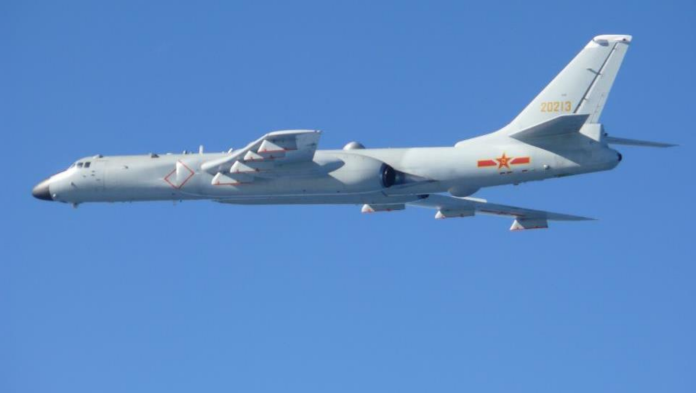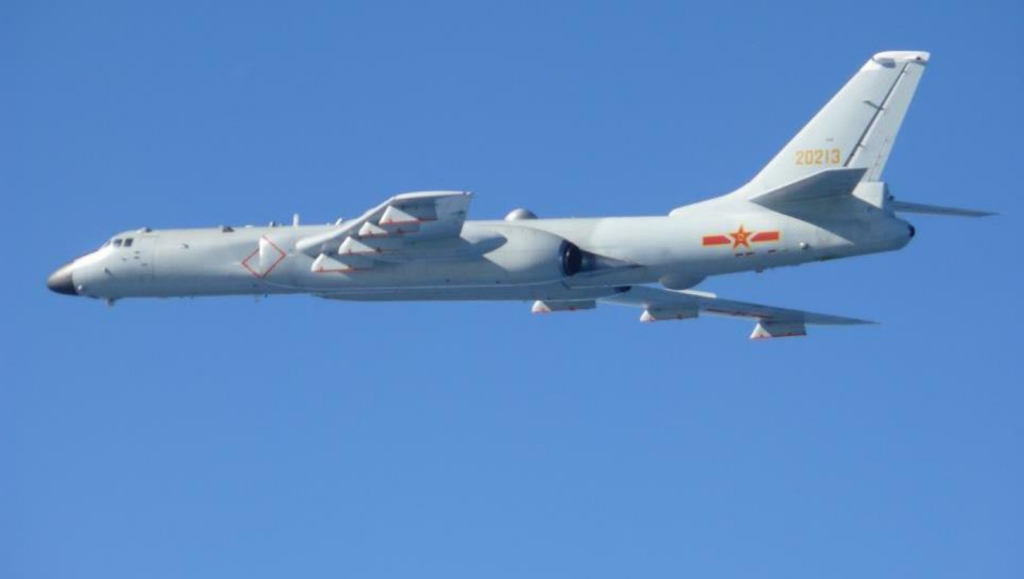
“Military signaling is fraught with misperception, yet no major power stops doing it.” This astute observation by regional security analysts puts into context the latest flight of a Russian long-range bomber over the Sea of Japan: the mission, involving Tu-95MS strategic missile carriers and fighter escorts, was much more than a routine patrol-it was a consciously crafted geopolitical statement.
Over the past years, Russia has been gradually using such flights to project its power, test regional responses, and reinforce its strategic partnerships, significantly with China. These operations take place against the backdrop of increasing military activities in Northeast Asia, where every move is tracked by Japan, South Korea, and the United States. The flight, lasting more than eight hours, thus triggered quick interceptions from the Japanese Air Self-Defense Force and resurfaced debates over airspace security.
The following listicle considers seven key aspects of the patrol over the Sea of Japan, everything from the tactical execution to the deeper geopolitical implications, all highlighting why such flights matter far beyond the immediate theater.

1. The Tu-95MS: Russia’s Long-Range Strategic Workhorse
The Tu-95MS is a turboprop-powered strategic bomber with nuclear and conventional cruise missile-carrying capabilities that remains a cornerstone of Russia’s long-range strike capability, yet the aircraft maintains strategic relevance due to its ability to launch weapons such as the Kh-101/102. On patrol over the Sea of Japan, the endurance of these bombers saw flight times exceed eight hours over neutral waters.
At different stages of the sorties, the bombers were escorted by Su-35S and Su-30SM fighters; according to Russia’s Ministry of Defence, they operated within international law. However, their proximity to Japan’s ADIZ ensured that the mission would not go unnoticed. The Tu-95 has indeed combined range and payload with symbolic value to make it a very effective tool for both deterrence and political messaging.

2. Japan’s Rapid Air Defence Response
Japan’s JASDF scrambled fighters from its Northern Air Defence Force and other commands to shadow the Russian formation. Photographs released by the Joint Staff Office showed F-15J/DJ aircraft flying close to the bombers, underlining the readiness of Japan’s interception protocols.
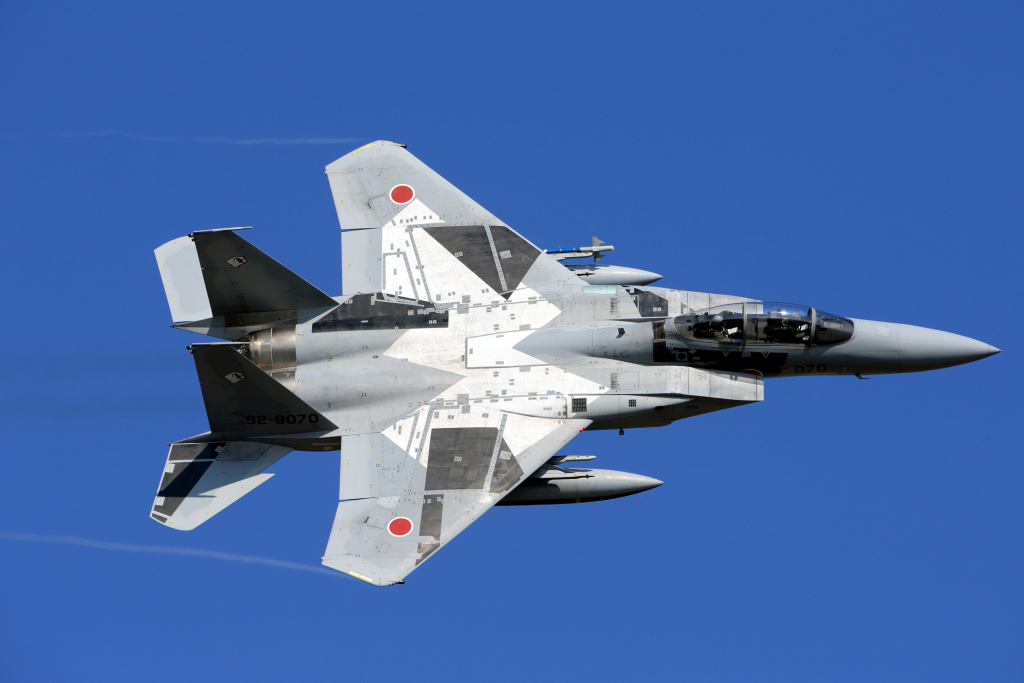
Japan’s ADIZ extends beyond its 12 nautical mile sovereign airspace, thus allowing early detection of the approach of any aircraft. Archipelagic geography combined with international waterways between the islands make the monitoring and response against foreign military flights particularly problematic for Japan. The patrol again reaffirmed the stance of Tokyo that the flights of Russian and Chinese aircraft pose a continuous security concern.
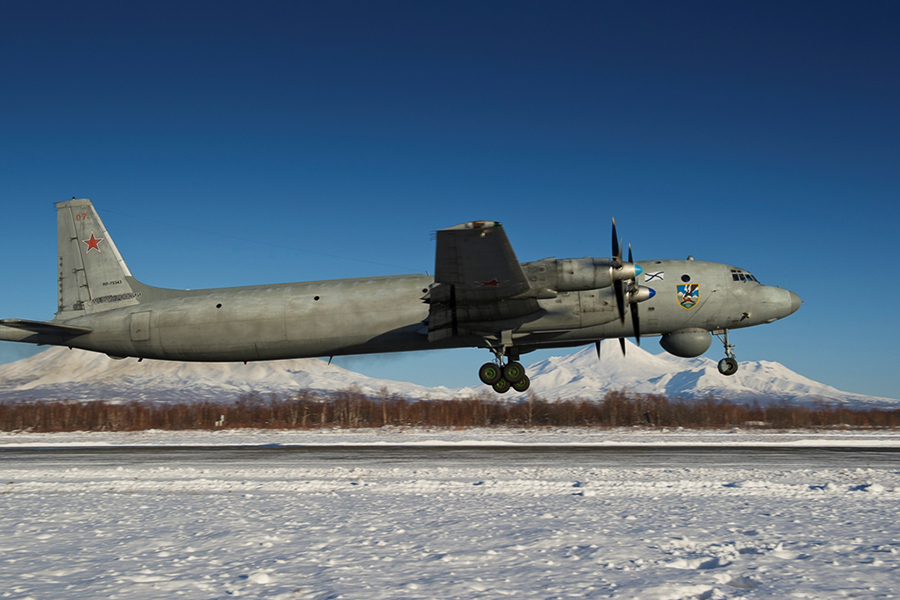
3. Maritime Patrol Integration
Accompanying the bombers, one Russian Il-38 maritime patrol aircraft completed a circuit over the Sea of Japan, paralleling the east coast of Hokkaido and Honshu. This integration of maritime surveillance assets into bomber patrols enhances situational awareness and signals multi-domain operational capability.
The presence of the Il-38 suggests a layered approach to regional reconnaissance, combining aerial patrols with possible tracking of maritime targets. Such coordination complicates the defensive calculations of regional actors, as it blends strategic bomber signaling with intelligence-gathering missions.

4. Geopolitical Messaging to Regional Powers
Flights of this nature serve as deliberate signals to Japan, South Korea, and the United States. Operating close to contested or sensitive areas, Russia reminds its neighbors that it remains a military power in Asia, even if its primary strategic focus lies elsewhere.
The timing of the patrol, coinciding with Japan’s new prime minister pledging an accelerated defense buildup, added political weight. The statement of Defense Minister Shinjiro Koizumi that “Russia conducts military operations every day around our country while invading Ukraine” framed the flight as part of a broader pattern of coercive military behavior.
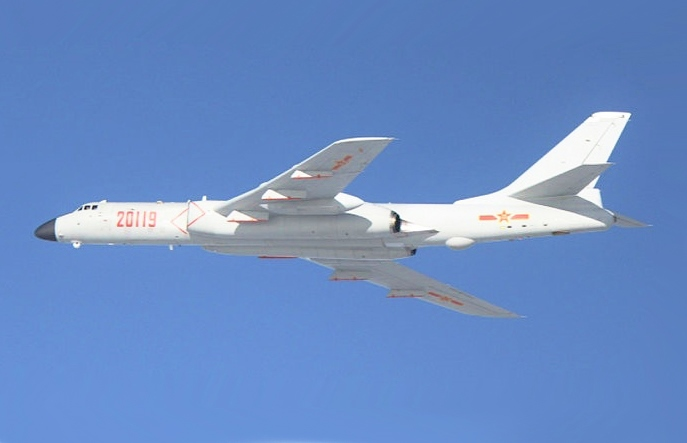
5. The Sino-Russian Dimension
The joint patrols with China, like previous sorties using Xian H-6K bombers, reflect a closer if non-allied military relationship. The Russian MoD said the flights seek to “strengthen global stability,” although they also challenge U.S. missile defense deployments in the region.

China and Russia share opposition to systems like THAAD on the Korean Peninsula, viewing them as a threat to strategic balance. The Sea of Japan patrol did not take place under an explicitly joint framework, but it fits into a pattern of coordinated air operations that deepen operational familiarity between the two forces.
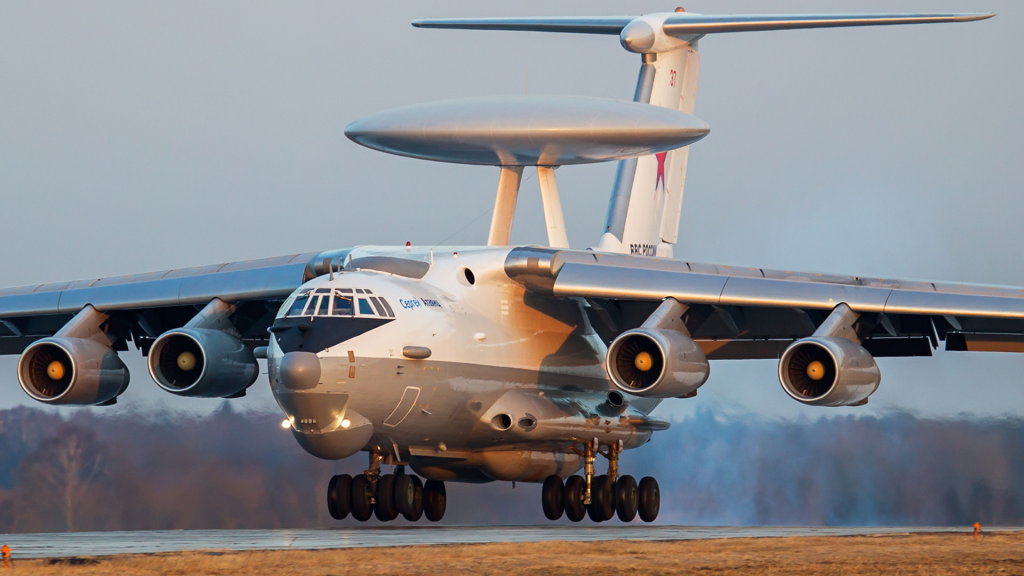
6. Lessons from Ukraine’s ‘Spider’s Web’ Operation
Ukraine’s Spider’s Web attacks on Russian bomber bases earlier this year exposed vulnerabilities in Russia’s strategic bomber-related infrastructure. Ukraine has demonstrated very clearly through attacks on platforms such as the Tu-95MS and A-50 AWACS that even assets thousands of kilometers from the front can be reached. Events of this type may affect how Russia operates, perhaps forcing them to patrol more frequently as a signal of readiness and resilience. But they also reflect the possibility of high-value aircraft being neutralized well away from active combat zones.

7. Strategic Culture and the Risks of Signaling
Russia’s reliance on overt military displays follows from the assumption that opponents will yield to strength. History, however, repeatedly demonstrates that such signaling tends to generate balancing, not accommodation. The patrol across the Sea of Japan is textbook: costly defensive responses from Japan without any strategic recalibration. Military signaling over disputed territory carries inherent risks of miscalculation, as incidents like the 2019 altercation with South Korean fighters over Dokdo/Takeshima demonstrate. This has not deterred Moscow, which continues to use the tool despite-or because of-the diplomatic friction it generates as part of its larger strategic posture.
The patrol of Russia’s Sea of Japan bombers was more than an over-eight-hour flight across neutral waters; rather, it has been a multilayered operation that effectively melds strategic deterrence, regional signaling, and operational readiness. For defense observers, it offers a window into how Moscow integrates the use of legacy platforms in contemporary geopolitical messaging and how such missions ripple across the security environment of Northeast Asia. As military signaling persists, the challenge for regional powers will be to respond decisively without tipping into unintended escalation.
